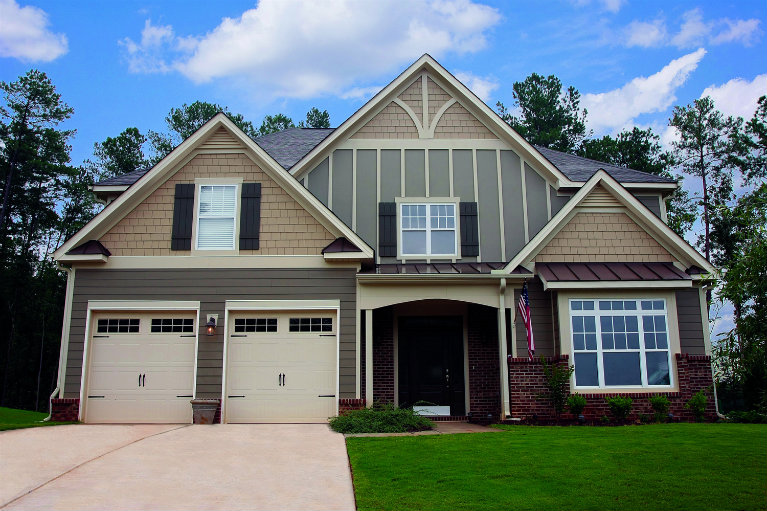
Hardie board siding, or fiber-cement siding, is a long-lasting material that will increase the value of your home. It protects homes from environmental and biological hazards and requires minimal upkeep.
Homeowners can choose between DIY or hiring a professional to install their new siding. Both have pros and cons, and each will affect the overall cost of the project.
Cost of Materials
As the most popular fiber cement siding on the market, hardie board is a great choice for homeowners looking to upgrade their homes. It offers a wide range of styles and customization options to fit any aesthetic. However, the cost of materials can add up quickly.
Unlike vinyl, wood, and other types of siding, Hardie Board does not require sanding or scraping and is resistant to insect infestation. Additionally, it does not rot and can withstand a variety of weather conditions.
Despite its durability, it is important to hire a professional who specializes in installing Hardie Board to prevent potential problems. Look for a contractor that is a James Hardie Elite Preferred Contractor and has been trained on the proper installation techniques. Additionally, look for a company that provides financing options for home renovations, as this may help lower the initial cost of the project. When done properly, fiber cement siding can last the lifetime of the home, which reduces the amount of waste sent to landfills.
Cost of Installation
The cost of Hardie board installation will vary depending on local labor rates for painting pros, how long the job takes and what color the siding is. Typically, siding professionals will paint the siding after it is installed to give it a finished look.
The fiber cement siding is also more durable than traditional wood siding and requires minimal maintenance, such as re-painting. In addition, the siding is less susceptible to rot, mildew and pests.
The siding can be purchased in a variety of styles, including clapboard, scallops and board and batten. It can be used on a range of architectural styles, from contemporary to historic. When choosing a professional to install your siding, consider a company that is certified by James Hardie as a “Hardie Preferred Contractor.” The company has been trained in the proper installation methods for the siding and can ensure a seamless fit for your home’s exterior. A faulty installation can void the warranty on your siding and lead to expensive repairs down the road.
Cost of Repairs
Hardie board siding is a long-lasting and aesthetically pleasing material that will add value to your home. It also protects your home from environmental and biological hazards. Although it is more expensive than vinyl or wood siding initially, it may actually save you money over the long run due to its low maintenance costs.
The siding does not require frequent upkeep, such as sanding or painting. However, homeowners should visually inspect the exterior for cracks and mildew on a regular basis. Additionally, it is recommended that homeowners wash their siding with a pressure washer once or twice per year.
In addition to its durability, fiber cement siding is fire-resistant and can save homeowners money on their homeowner’s insurance premium. Furthermore, it is made from renewable materials such as sand and cement, making it eco-friendly. Lastly, it is recyclable, further reducing the impact on the environment once it reaches the end of its lifespan. This is a great feature for those who are conscious of the environmental footprint left behind by the construction industry.
Return on Investment
Hardie board siding lasts for the lifetime of a home, resulting in a better return on investment than other types of siding. It is also more sustainable and environmentally friendly than other options. Because it is not made of wood, it will not swell, bow or cup like traditional wooden siding and is impervious to rain, hail and sunlight that would otherwise cause damage. Hardie board is also not vulnerable to pests such as termites and carpenter ants that commonly attack wood.
While it is possible to DIY install Hardie plank lap siding, a professional brings years of expertise and training to the project, which can help homeowners avoid costly mistakes that may result in expensive repairs down the road. Additionally, a professional can offer tips and tricks for saving on installation costs. Some of these include shopping for deals, planning the project during off-season and choosing pre-primed versus painted planks to reduce painting costs.